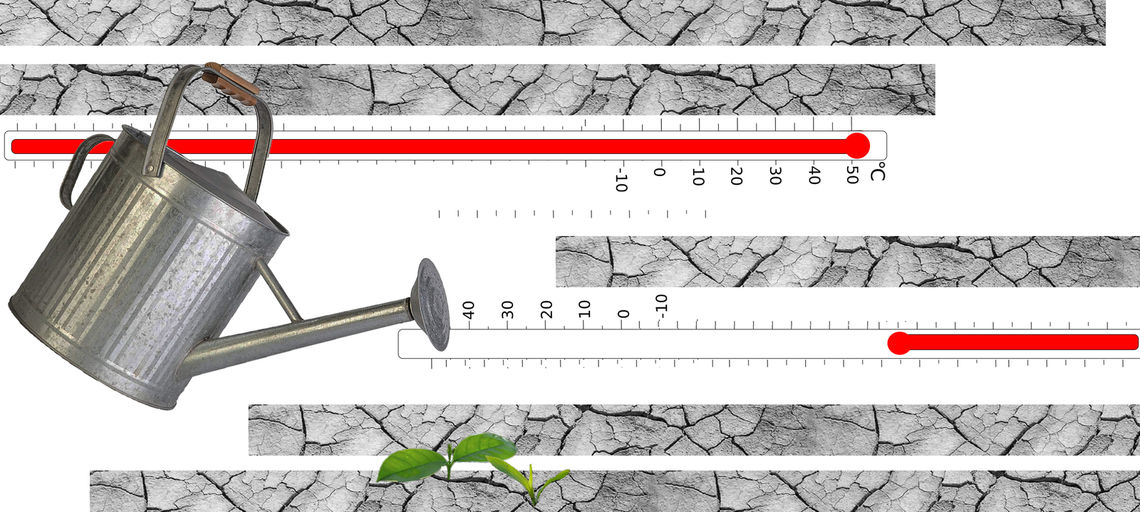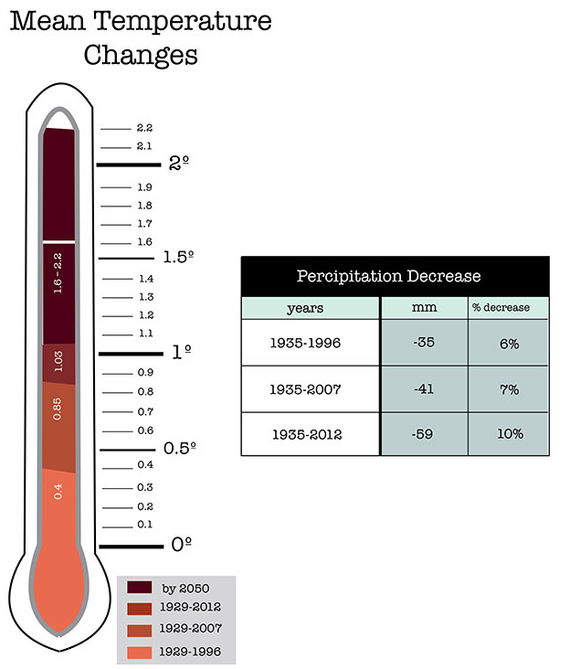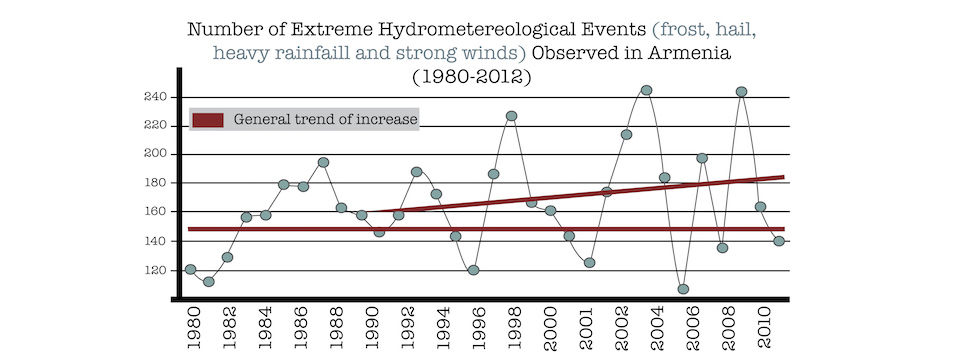Natural Ecosystems
This summer was quite alarming, in terms of the number of forest fires and burnt areas that were reported by the Ministry of Emergency Situations. As of August 20, 2019, 6796 fires were registered throughout Armenia, 57 percent higher than the same period last year. Reportedly, in more than 90 percent of the cases, the initial cause of the fire included a human factor. Ter-Zakaryan believes that the impact of climate change on natural ecosystems, including pastures and forests, is not very significant. “But natural ecosystems become more vulnerable to the effects of climate change in areas where human factor is also involved,” he added.
Another illustration of the human factor contributing to the vulnerability of natural ecosystems is when communities located close to a forest influence the forest’s capacity to maintain its original biodiversity. Such activities may include logging or hunting, which coupled with the effects of climate change pose a greater challenge for the ecosystem. Under normal conditions, however, natural ecosystems despite being affected by climate change, are quite flexible and if the change is not very extreme, they can easily adapt to the changing circumstances. “When the human factor is involved, the self-healing process is either very slow or does not happen at all,” said Ter-Zakaryan.
Armenia’s rich biodiversity, which includes rare, endemic species, is also under greater threat due to climate change and will need to adapt to rising temperatures. “Some species both flora and fauna will move further up and reposition themselves in higher elevations, others will adapt differently, some with lower resilience capacity for adaptation will be at an increased risk of reduced population,” said Ghaplanyan. According to USAID, approximately 15 percent of Armenia’s higher plant species are in danger of extinction; semi-desert and desert areas are expected to increase by 30 percent, and forest fires are expected to become more frequent.
Agriculture
Climate extremes, which in Armenia have usually been illustrated in the form of frost, hail, heavy rainfall, strong winds, and heatwaves, have significantly impacted agriculture, which is among the most climate dependant sectors of the economy. Seasonal changes of precipitation, as well as changes in the duration and frequency of precipitation, are more common now. “Take rain for example, instead of being proportionally distributed within several months, we may now experience rain during one week only,” explained Ter-Zakaryan. The key priority should be reducing the potential negative effects of the changes in climatic conditions on agriculture.









We are pleased to open up a comments section. We look forward to hearing from you and wish to remind you to please follow our community guidelines:
EVN Report welcomes comments that contribute to a healthy discussion and spur an informed debate. All comments on Readers' Forum will be moderated, thereby any post that includes hate speech, profanity or personal attacks will not be published.